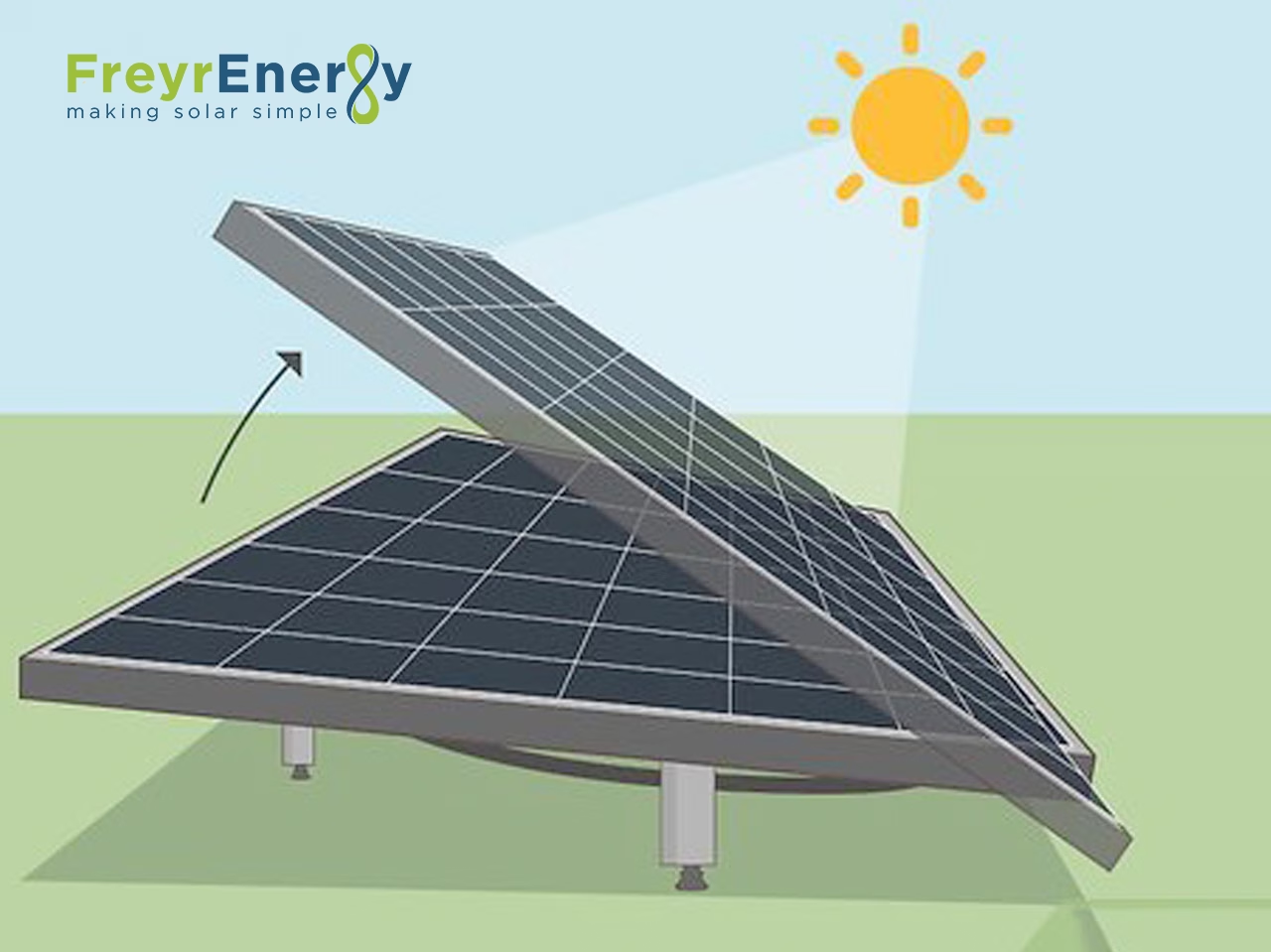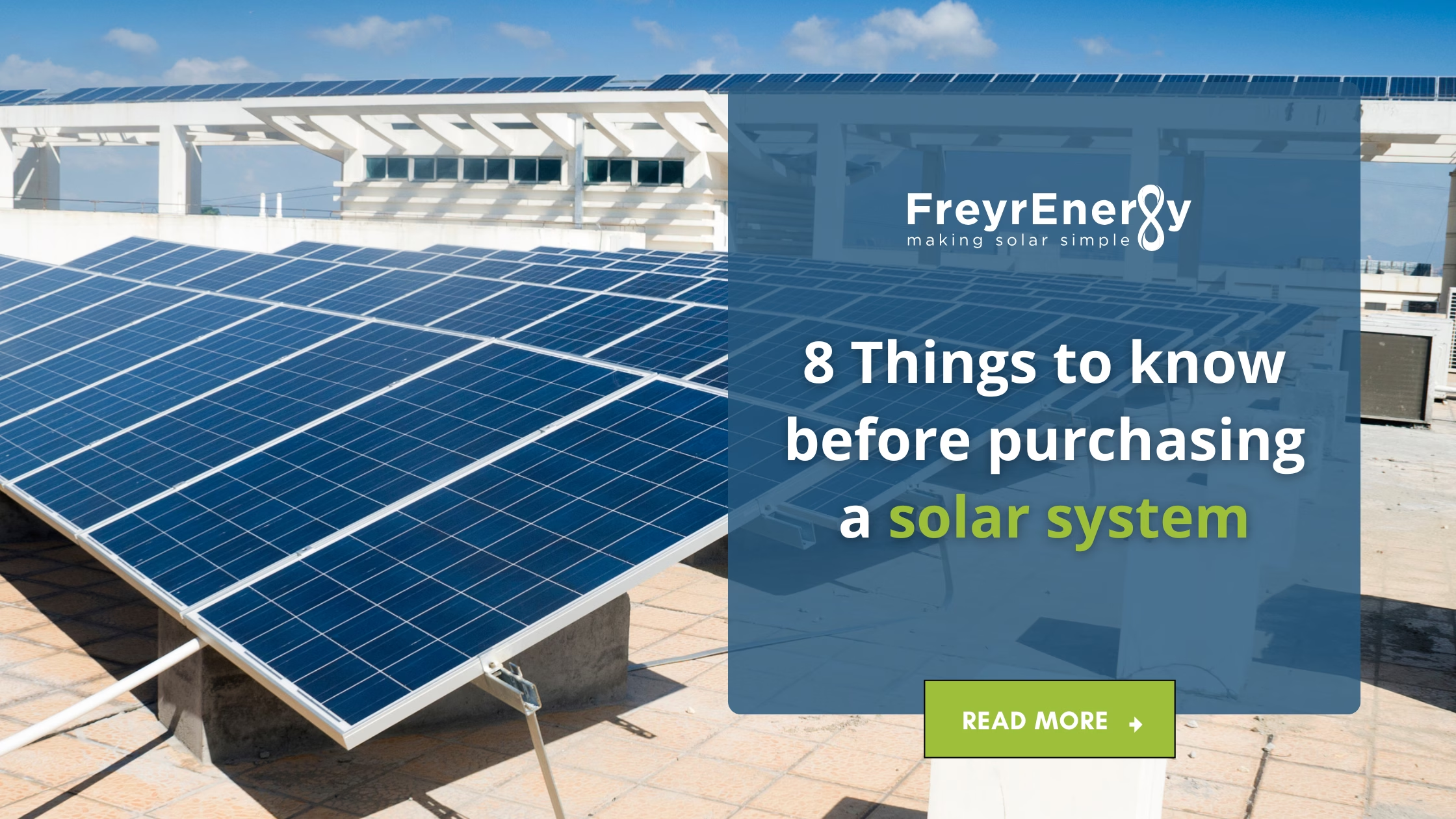It would be impossible to believe even in the 21st century, many rural and remote areas in the country are devoid of basic light, which is essential for leading a productive livelihood. There can be several reasons for this unfortunate miss out, but thankfully, there is a positive solution available today.
Solar lighting has given hope for these villagers to adopt and provides uninterrupted light that originates without power grids or wired connections. This has changed the perception of light and power availability in all those rural areas.

How Solar Lighting is Impacting Rural Areas?
As someone from a metropolitan city or major town, the problem is virtually non-existent. In reality, there are rural areas that are devoid of electricity and basic street lights as well. Imagining a day without electricity can be problematic in so many different ways, but that’s the reality for a large chunk of the population. However, solar lighting has stood out to be a beacon of change in the lives of many.
Let us have a look at the factors that have allowed the technology to change lives:
Cost Effectiveness
In the scheme of things, solar panels, and solar lighting have turned the tide in a way because of their cost-effectiveness and reliance on sustainable energy resources for power. Many years prior, the installation of solar panels was deemed expensive for all folks. Today, the case is a lot different and thanks to several grants and schemes, it is possible for people from rural and backward areas to make the most of the scheme and the natural sunlight for power resources.
Unreplenishable Source of Natural and Clean Energy
Solar panels depend on natural sunlight as the main fuel source of power to light up the streets and homes across villages and regions. Sunlight is abundant for everyone and is here to stay for millions of years to come. Additionally, sunlight does not emit nor do the panels emit any type of pollutants that hamper the ecosystem in any shape or form. Therefore, solar panels are among the best and the cleanest sources of renewable energy in existence today.
Ease of Installation in the Remotest Areas
Solar Panels are easiest to install even in the remotest areas possible. What’s more, is the size and durability of the panels that allows it to fit from streets to houses and even in smaller factories. Unlike classic power grid-driven electricity, which often comes with heavy wirings and connections, solar power systems only contain simple panel grids that absorb power directly from the sunlight and work efficiently.
Promotes Unparalleled Safety in the Streets
Solar power lights have changed the equation of power availability in rural areas and have changed the safety factors in villages. With adequate lights, the overall safety has increased and the levels of thefts or other criminal activities have come down significantly. Moreover, it allows easy traveling during different seasons, where finding directions in the dark becomes a challenge. In all, the safety aspects have improved significantly.
Boosting the Local Economy
Economic improvements have significantly improved with the presence of solar home lighting systems for villages. One of the most important reasons is because of improved lights and machines, it is possible to make the most of machine yields of crops and improvised irrigation methods. Additionally, smaller businesses are benefiting the most, thanks to easy and safe access to electricity, which allows them easy ways to charge their mobile phones and get safe access to wireless internet as well.
Major Initiatives That are Making it Possible
It is no secret that the solar panels installation is not the cheapest. However, there are many support schemes and grants from the government and by different state governments that have changed the perception and are now offering schemes that make purchasing affordable. The government wants people, communities, and even cities to adopt solar panels more and more. This reduces the overall consumption of electricity coming from non-renewable sources as well as cutting down on electricity bills by a large margin. Let us check some popular grants and schemes for the taking:
Solar Rooftop Scheme
The most common tip to install a solar panel would be on the rooftops of houses. The power generated from the panels can be used for generating light as well as power that can be used for different purposes and utilities. The Government of India has opened up a solar rooftop subsidy yojana that promotes the scheme of installation and the government offers subsidies while installing the same. After the installation and fitting is complete, the central government gives out a 30% subsidy for installation. However, if the person belongs to hill states like Sikkim, J&K, Himachal Pradesh, Uttarakhand, or island UTs of Lakshadweep the subsidies are at a whopping 70%.
PM KUSUM Scheme
Pradhan Mantri Kisan Urja Suraksha evam Utthaan Mahabhiyan or PM KUSUM is an excellent scheme given out by the central government of India that boosts the installation of solar pumps and grids for farming purposes. The scheme drives power for running pumps that comes directly from solar energy.
PPP Model with JNNSM Scheme
One of India’s oldest solar power generation schemes is the JNNSM scheme which combines public-private partnership or PPP models for installation of solar panel units. Many private players over the years have combined with the scheme which has allowed the government to boost up the speed of solar panel installation today.
Frequently Asked Questions
Solar energy in rural areas offers a pollution free alternative to basic electricity. With rural solar power systems dependency on conventional power grids reduced, houses can lead a better lifestyle instead of depending on carbon-led power alternatives.
Yes. Solar energy in remote areas and even in cities can be used to light up streetlights. With modern LED bulbs in place, the efficiency and longevity of the same would be a lot longer.
Yes. Solar lights work depending on the amount of direct sunlight received during the day. It is because the power to light is supplied from the solar power storage unit and it depends upon the amount of sunlight received to derive power.
Yes. Solar panels for rural areas offer a pollution-free, yet powerful power supply option to places, where grid-based power cannot penetrate due to several reasons.
For a solar panel to work with the most efficiency, the panels should face south with an angle of slope between 15 to 40 degrees. This ensures more sunlight absorption and effective power generation.
Back in the day, people in rural areas used kerosene and wood to light up their houses during the dark hours. This caused severe long-term health damage and the purpose didn’t apply to using any electrical appliances. With solar power in rural areas, people can depend upon the panels to derive green and efficient energies that can light up entire regions. What’s more these panels are energy-independent with larger longevity.
A portable solar panel has limited usage and often can be used as a backup power unit, which offers basic power performance during outages. It cannot be used to power an entire home like a regular rooftop solar panel.



